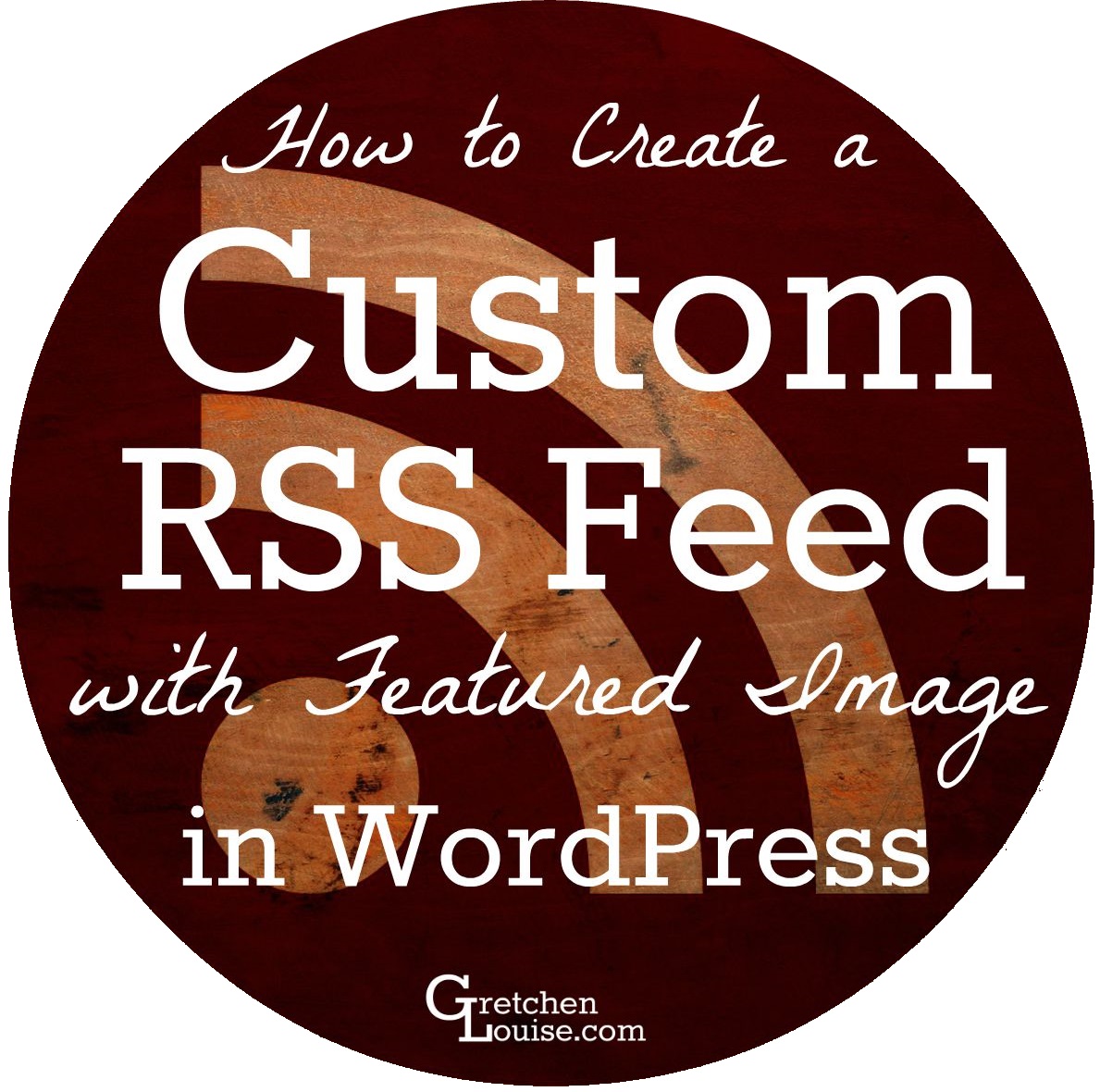

More details on how I setup the network can be found on the post of Setting up Webdav. This service was then exposed via Nginx Proxy Manager which relies on mTLS to establish a connection with Cloudflare (my CDN of choice). DATABASE_URL=postgres://YOUR_USER: /miniflux?sslmode=disable Docs on configurable parameters version: '3' Here’s the docker-compose.yml file that I used to get up and running. It was so simple that I got the docker up and running on my Synology NAS within minutes. TLDR it’s a very simple and opinionated RSS reader that has a self-hosted option. In my search for something that just “works”, Dickson hooked me up again with another recommendation that does exactly what I ask for: works. What about RSS readers? I remember using Google Reader donkey’s years ago before it was abruptly shut down and I never did get back to RSS readers from then on probably something to do with the trauma of losing all my news feed suddenly without a good alternative. But I’ve very quickly realized that it is just not part of my routine to check news via telegram. Powered by the GetStream.In an attempt to stay more updated with the things that are happening online, I’ve recently started following the top stories on Hackernews via the Telegram channel. One of the features of Winds that we have all been most excited about was the extra personalization step to employ machine learning.
Self hosted rss feed reader how to#
With this in mind, we set out to build an RSS reader, as this was the most relatable way to show people how to apply personalization. We, honestly, weren’t entirely sure what direction to go in with our next tutorial, however, in general, most apps can use personalization to improve content discovery and reduce information overload. What works well is different for every app and community. The open source model of Winds resonates well with the people who matter most to us, as it makes it easy for them to improve and customize the app, giving them a sense of ownership of and connection to Stream. As with all of our tutorials, one of the things we feel is most important about Winds is that it is open source. We really try to focus on the developers and designers who employ our product and want there to be little to no barrier to entry for them to play and explore with Stream. Let’s start with a brief explanation of our philosophy. Given the crazy turn of events we've experienced, we felt it was necessary to take a moment to talk through what the process has been like for us, what the pivotal points were in the growth of the product and how we chose to do the things we did. Winds is built on React, Redux, Node.js and, of course, Stream, and showed us how many designers and developers are still very passionate about consuming content via RSS.
:no_upscale()/cdn.vox-cdn.com/uploads/chorus_asset/file/2315420/mobiel-ip6.0.jpg)
Since it’s inception, it has (unexpectedly) grown into a monster of a project with nearly 2,000 stars on GitHub. Winds, an RSS Reader we recently built here at Stream, started out as just another one of our tutorials. To demonstrate the relevance of these sorts of products and show just how easy Stream is to use, we like to periodically release tutorials that show you how to use Stream to build a variety of applications, focusing on a new type of application with each tutorial. Personalized feeds offer a large opportunity to improve the user experience around feeds and we are working on helping the world seize this opportunity. Today if you want to build a Twitter or Instagram-style app, you don’t need to reinvent solutions for scalable, personalized feeds. Over the past few years, Stream has made scalable feed technology widely available to all developers.


 0 kommentar(er)
0 kommentar(er)
